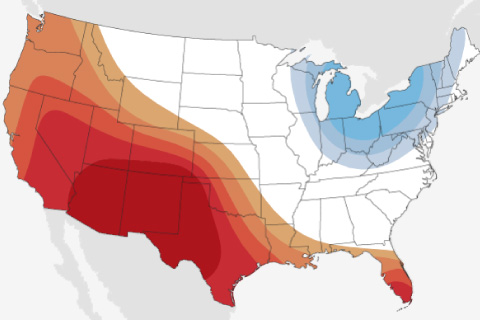
The May 2020 temperature and precipitation outlook issued by NOAA's Climate Prediction Center forecasts a warmer-than-average May for the western United States and Gulf Coast and a drier-than-average month for the Great Lakes.

Spring 2020 brings rare ozone “hole” to the Arctic
April 21, 2020

Global temperatures in March 2020 were the second warmest on record, helping to start spring off just as abnormally warm as winter ended.
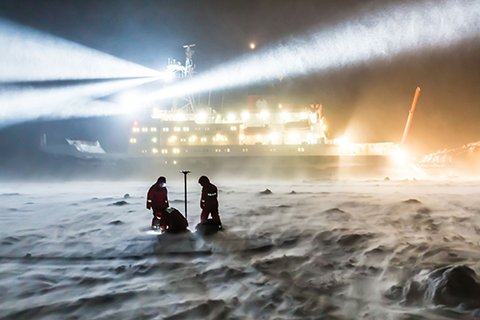
In 2015, NOAA's Climate Program Office (CPO) invited grant proposals from sea ice and climate scientists looking to better understand and predict Arctic sea ice behavior, on timescales ranging from days to decades. This is our second story on some of the resulting research.
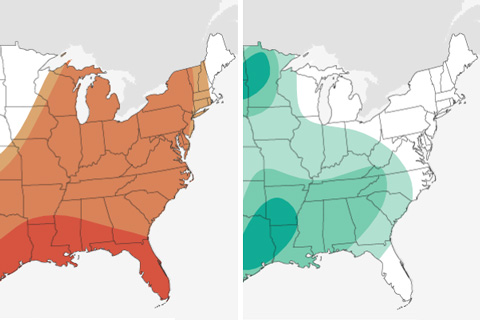
Much of the U.S. is favored to be warm and wet in April 2020, but cool conditions are more likely in the Pacific Northwest and Northern Rockies.
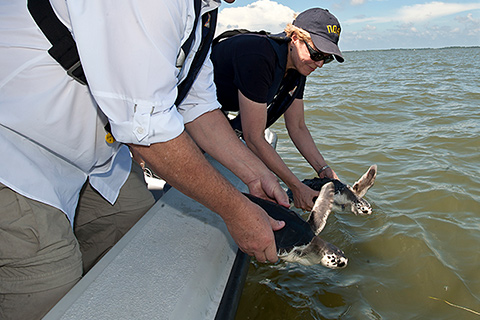
Former NOAA administrator Jane Lubchenco discusses her family's history of women in science, the importance of mentorship, her solution to achieving work-life balance, and how citizen science can help foster trust between scientists and stakeholders.
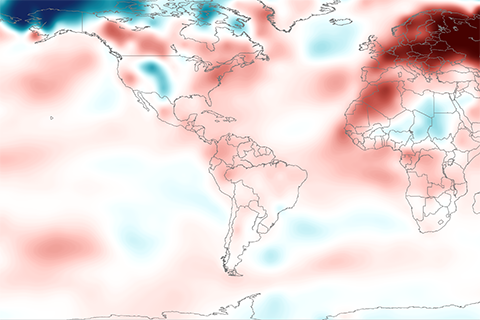
Cool conditions in Alaska and northern Canada related to a strong polar vortex were not enough to outweigh the extreme warmth across Europe and Asia in February 2020. Both the Northern Hemisphere and the globe as a whole had their second-warmest February on record.
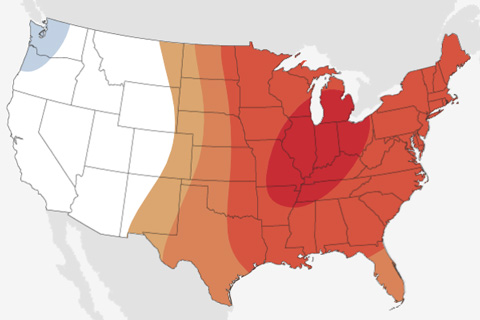
It's the start of meteorological spring, and warmer-than-average temperatures are favored for the central/eastern United States, while the precipitation outlook is more variable.

Climate.gov talks with scientific scuba diver and marine scientist Danielle Claar, an early career scientist with a passion for everything ocean—from tide pools to coral reefs.

Catastrophic wildfires in southeastern Australia in 2019-20
January 3, 2020